DA-06 - Applications in state government
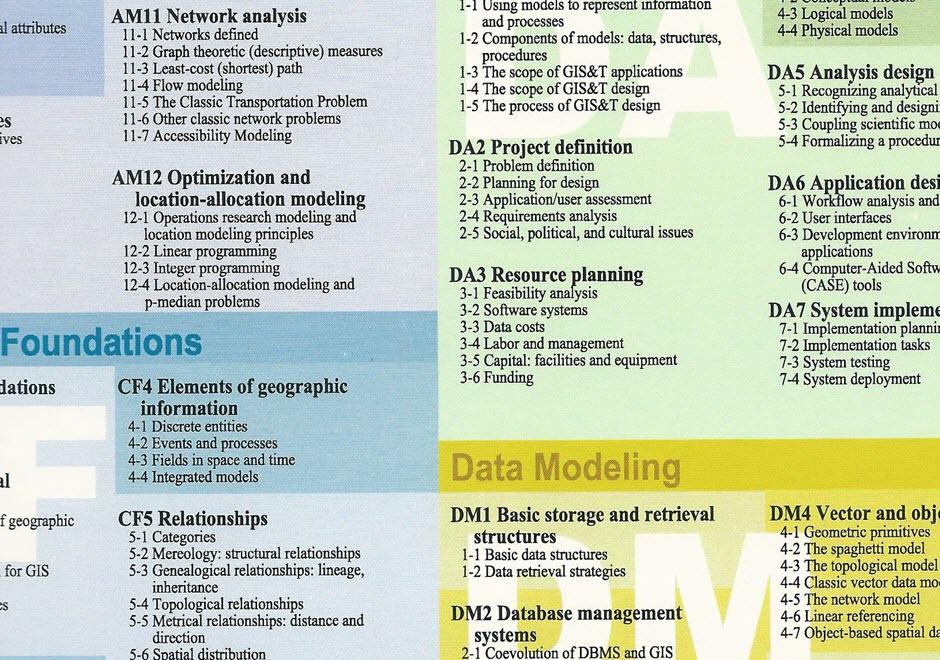
- List and describe the types of data maintained by state governments
- Explain how geospatial information might be used in a taking of private property through a government’s claim of its right of eminent domain
- Describe how geospatial data are used and maintained for land use planning, property value assessment, maintenance of public works, and other applications
- Explain the concept of a “spatial decision support system”

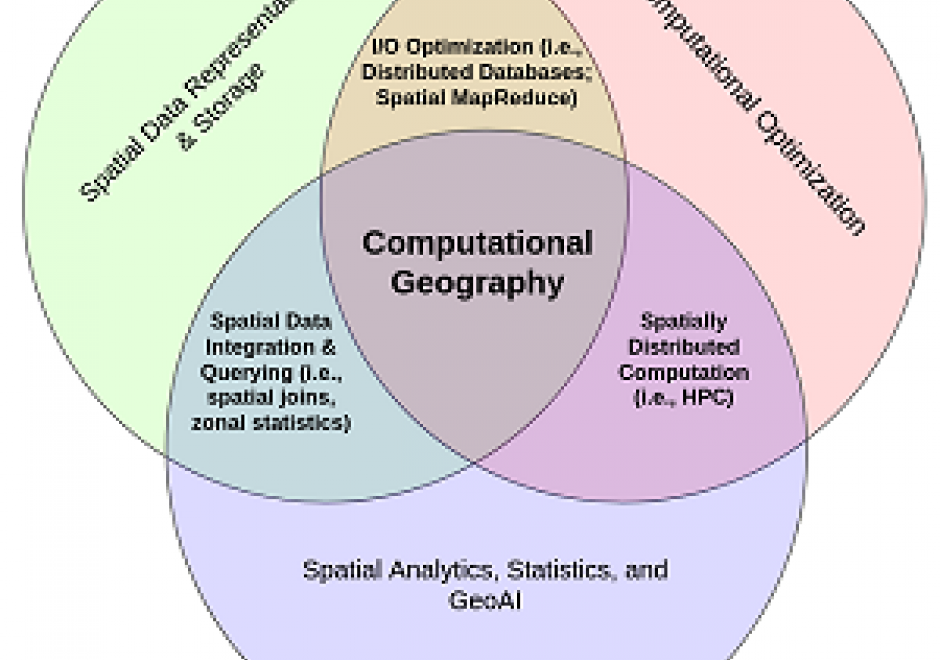

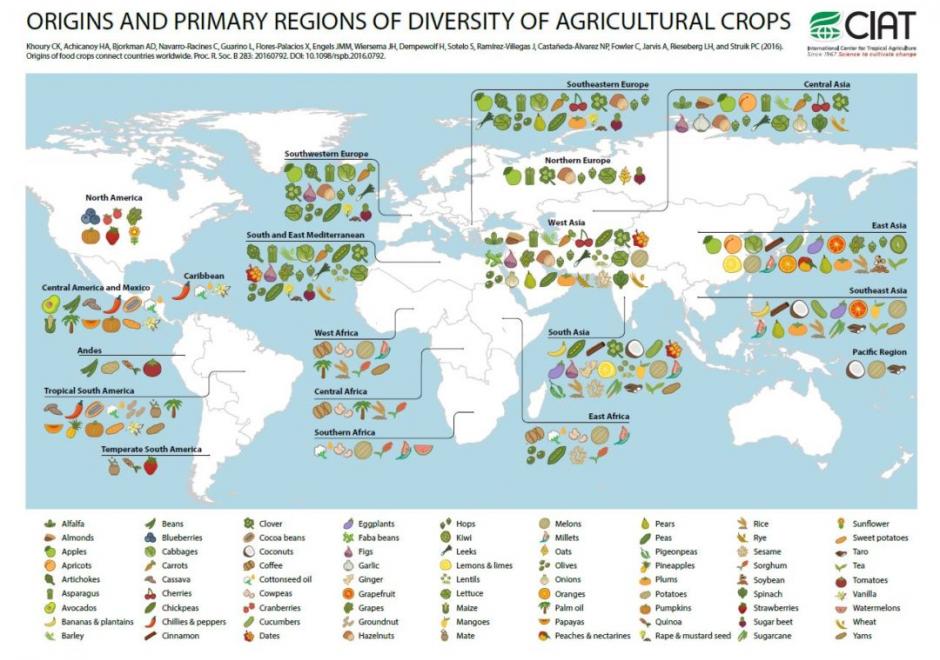
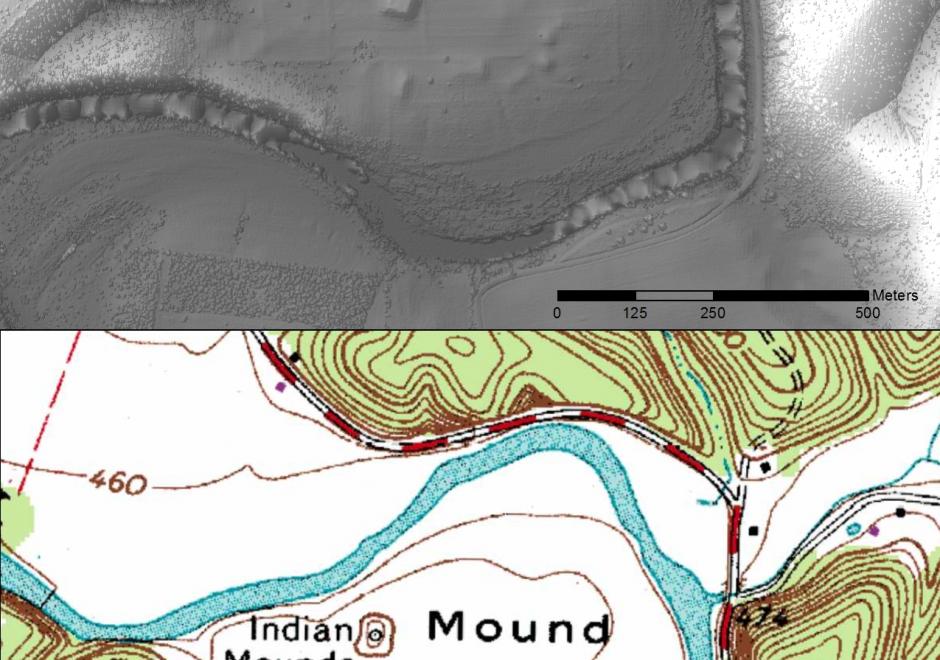
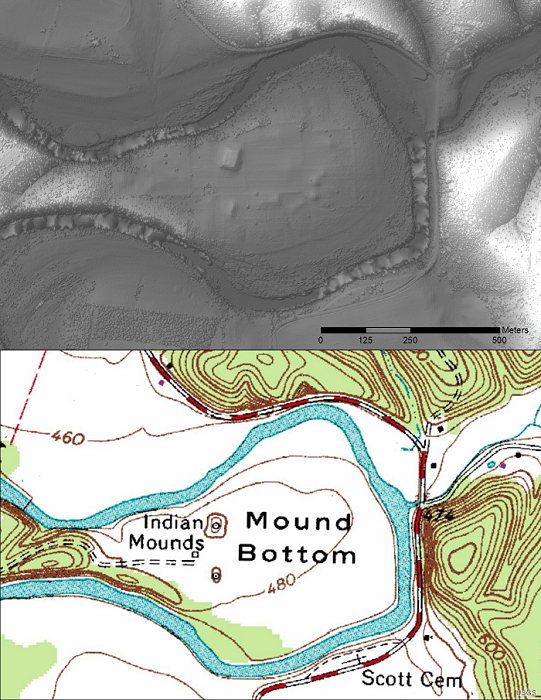
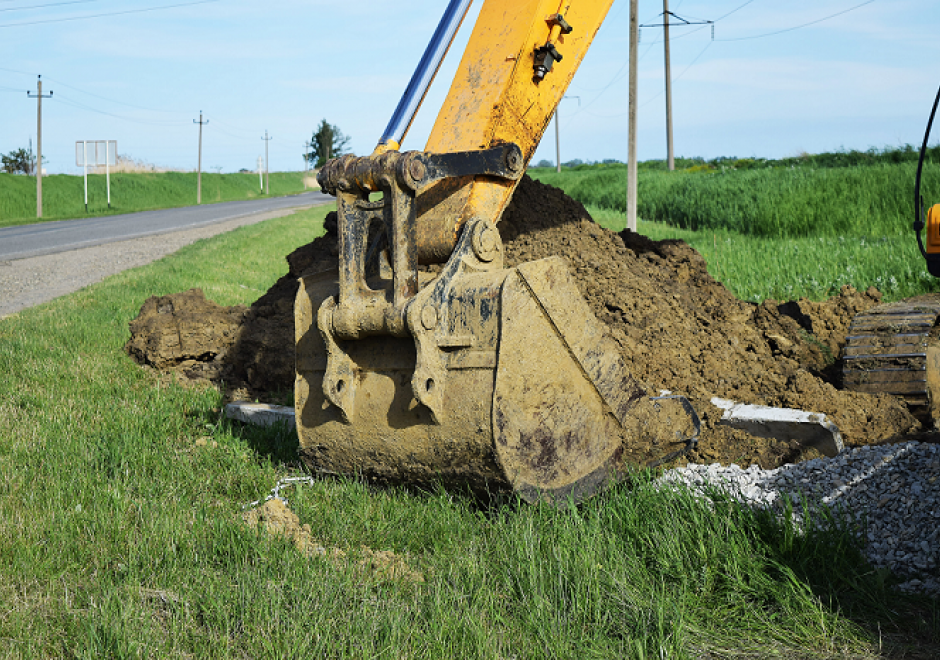
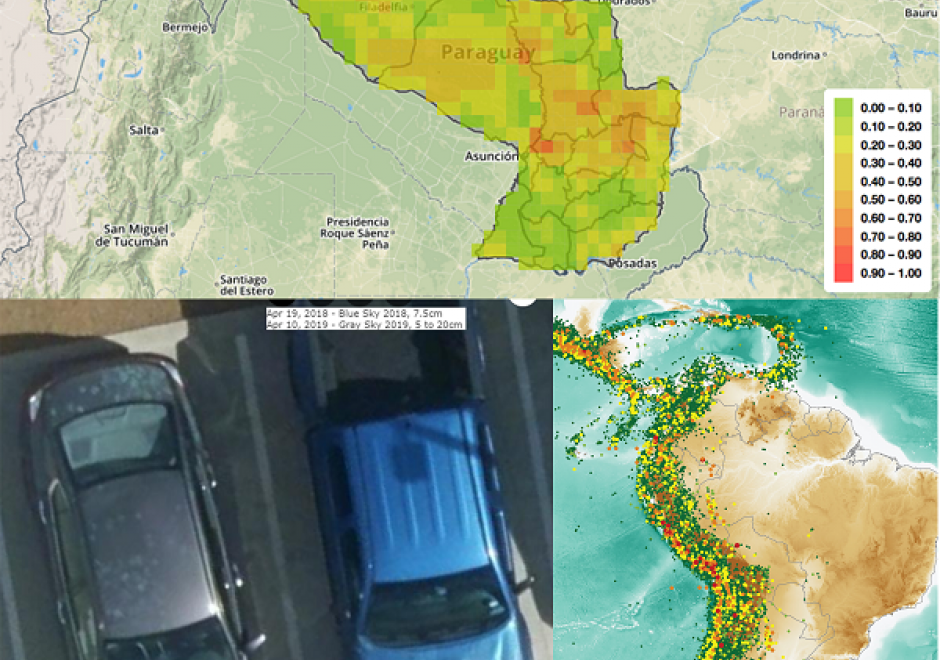
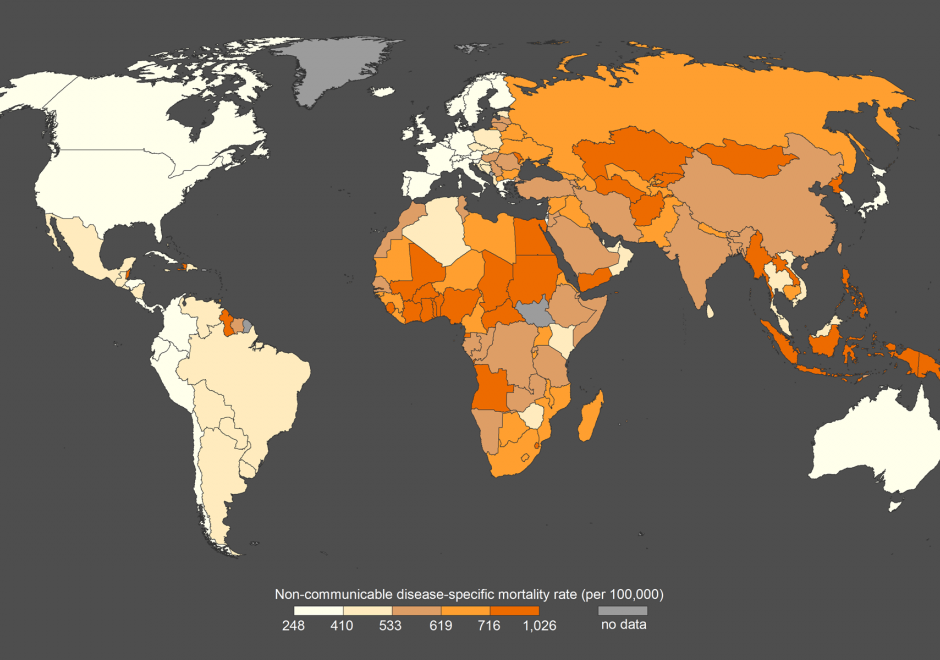
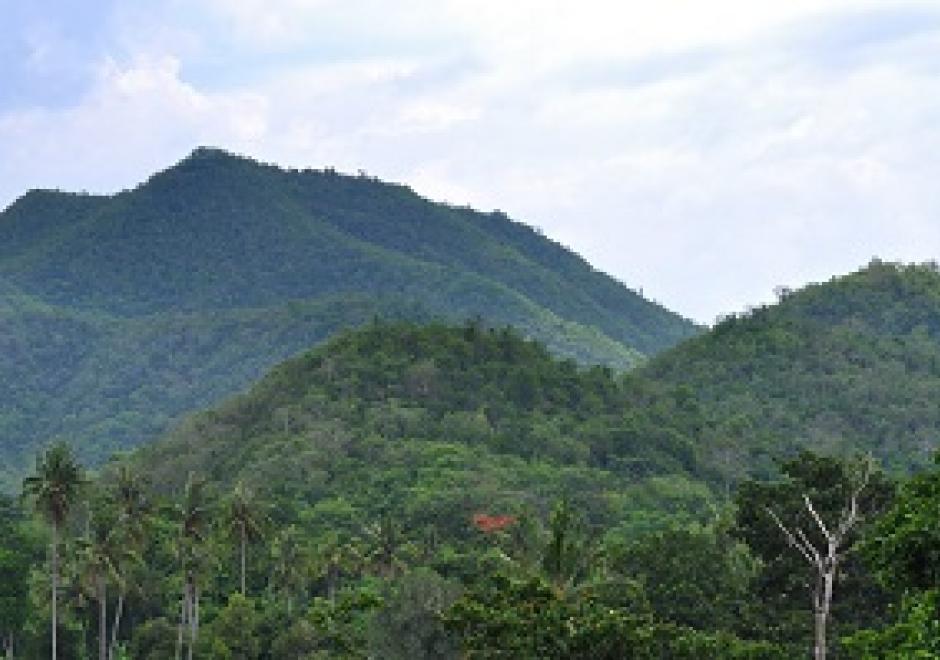
DA-07 - Applications in federal government